The nasal mucosa (a mucous membrane in the nose) is easily accessible and rapidly absorbs liquid, powdered or aerosol drugs, making it a suitable medication delivery method. In addition, the effects of inhalation (snorting) are more potent and start more quickly because the drug does not have to go through the stomach and liver, where it would be broken down by digestion before reaching the bloodstream.
However, this delivery method is only beneficial when used short term. Prolonged and excessive insufflation damages nasal structures and may eventually cause a saddle nose deformity. This applies to over-the-counter medicine, prescription medication and illegal (recreational) drugs.
Therapeutic pharmaceuticals for intranasal dosage (decongestants, allergy medications and steroids) are dissolved in a liquid and sprayed directly into the nose. Other medicines not designed for intranasal dosage (pills) and recreational drugs are pulverized into a fine powder for insufflation.
How Does the Nasal Mucosa React to Drugs So Effectively?
Mucous membranes are found throughout the body (nose, eyelids, mouth, trachea, stomach, lungs and rectum). Their structures differ, but they all have one thing in common: a layer of epithelial cells connected to a sublayer of connective tissue. The epithelial cells are suitable for absorption and remarkably resilient, able to survive abrasion and other forms of wear that arise from environmental stresses.
What Happens to the Nose When You Use Internasal Drugs Too Often?
When medications are snorted, they constrict blood vessels, reducing the blood supply to the nose. As a result, the nasal bridge and the septum (the tissue that separates the nostrils) suffer damage. If a person snorts drugs daily, this damage accumulates over time and worsens because the body is not allowed to heal. This battering is frequently accompanied by local infection, exacerbating the situation.
There comes a point when the damage becomes so severe that the body cannot heal it anymore, and the external nose can become misshapen. Possible deformities include a collapsed nasal bridge (a saddle nose) and distorted nostrils. Another potential consequence of intranasal drug use is a perforated septum (a septum with holes in it). All these outcomes are often irreversible and require surgical repair.
What Can Be Done to Repair Nose Damage from Excessive Drug Use?
Rhinoplasty can repair aesthetic (like saddle nose deformity) and functional (like difficulty breathing) issues caused by drug abuse. Manhattan facial plastic surgeon Dr. Maurice Khosh specializes in rhinoplasty, particularly saddle nose repairs. You want a dual board-certified surgeon who has lots of experience with saddle nose surgery because it is one of the most challenging types of rhinoplasties to perform. Call Dr. Khosh for an appointment and, if necessary, a nose job that will be done well.


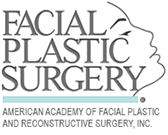
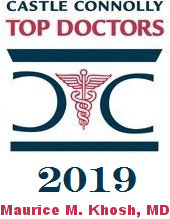
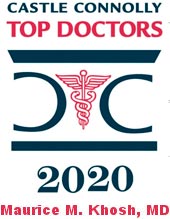





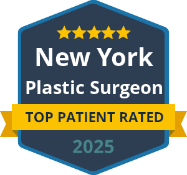
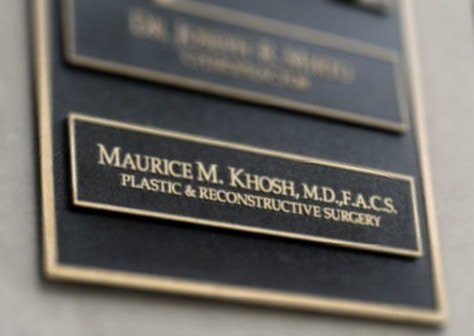

Words can not express my gratitude for his amazing life-changing work.
I had a tonsillectomy and a Neck Lump removal done on the same day.
Everything that you ever heard or read about tonsillectomy, is a dramatic over-exaggeration of people who can NOT tolerate pain.
I was so ready for a long misery and stressful recovery... Pffttt , turned out to be a really easy experience.
Dr. Khosh did an amazing job!!! Also taking in to consideration that I had 2 surgeries performed on the same day. I was out walking my dogs on day 2. Day 3 Walking dogs, doing some shopping and cooking... day 4 5 and 6 you get the picture. 0 limitations, just listened to my body and didnt overwork myself.
Just want to tell anyone and everyone who is either thinking of or NEEDS to have adult tonsillectomy done - Please don't even think twice. You get a perfect dose of painkillers, and they can solve all your pain-needs.
Dr.Khosh has an amazing warm and friendly personality, with a heart of gold and superb skills.
Susan - my comforting shoulder, and Christine - always happy and positive to brighten your day. I am forever grateful .